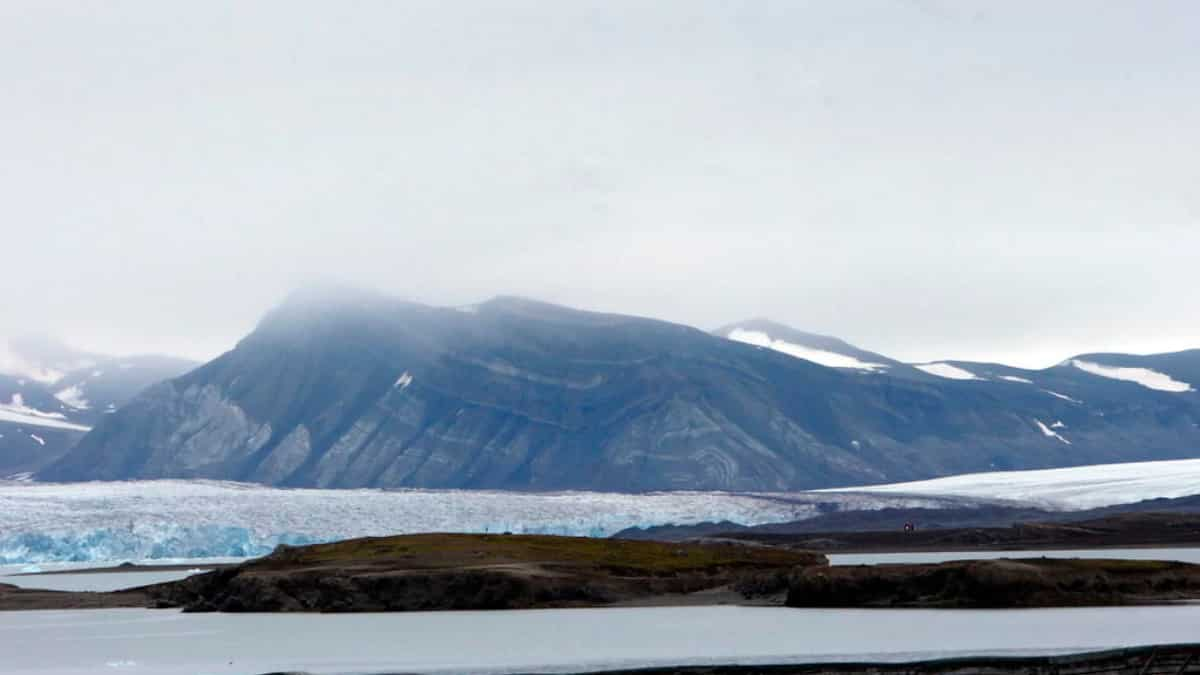Svalbard Archipelago: A Strategic Location
The archipelago is situated halfway between mainland Norway and the North Pole, in an Arctic region that has gained significant geopolitical and economic importance over the years. As the sea ice melts, new shipping routes open up, increasing its strategic value.
China’s Interest in Svalbard
China’s 2018 white paper on the region signaled Beijing’s Arctic ambitions. The country now identifies as a “near-Arctic state” and aims to play a more prominent role in the region’s valuable geography.
Property Details
- The Sore Fagerfjord property in southwestern Svalbard spans 60 square kilometers and features mountains, plains, a glacier, and nearly five kilometers of coastline.
- It is the last privately owned land in Svalbard and one of the few in the world’s High Arctic.
Legal Framework: The 1920 Svalbard Treaty
Svalbard is governed by a 1920 international treaty that recognizes Norway’s sovereignty over the region. However, citizens of all signatories, including China, have equal rights to exploit its natural resources.
Norway’s Concerns
Norway is keen on protecting its sovereignty over Svalbard. The potential sale of the Sore Fagerfjord property to Chinese buyers has raised security concerns, prompting Norwegian authorities to intervene.
Norwegian Response
The Norwegian state, which owns 99.5% of Svalbard, has strict regulations on land use in protected areas, including the Sore Fagerfjord property. Any sale of the land requires approval from Norwegian authorities.
Recent Developments
In 2016, the government acquired the second-last piece of private land on Svalbard, near Longyearbyen, amidst concerns of Chinese interest. Talks to purchase the Sore Fagerfjord property in 2018-2019 fell through over pricing issues.
Future Prospects
While the sellers are open to negotiations with the Norwegian government, they ultimately plan to sell the property to the highest bidder in the open market.















































